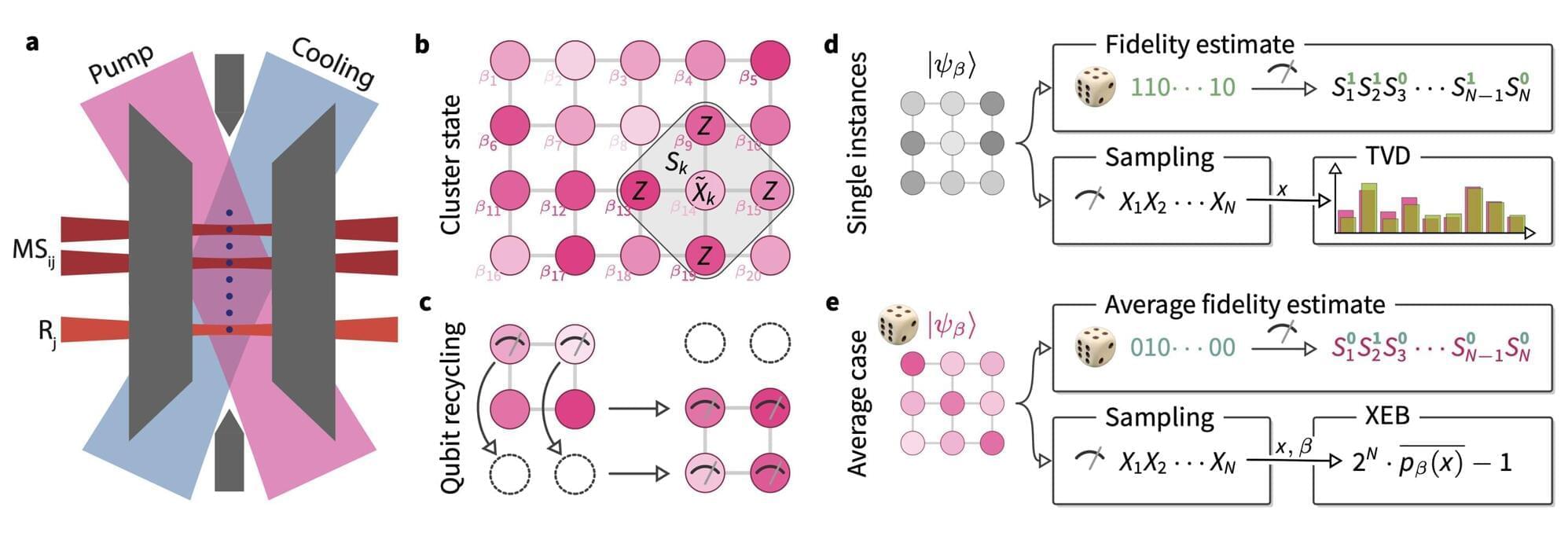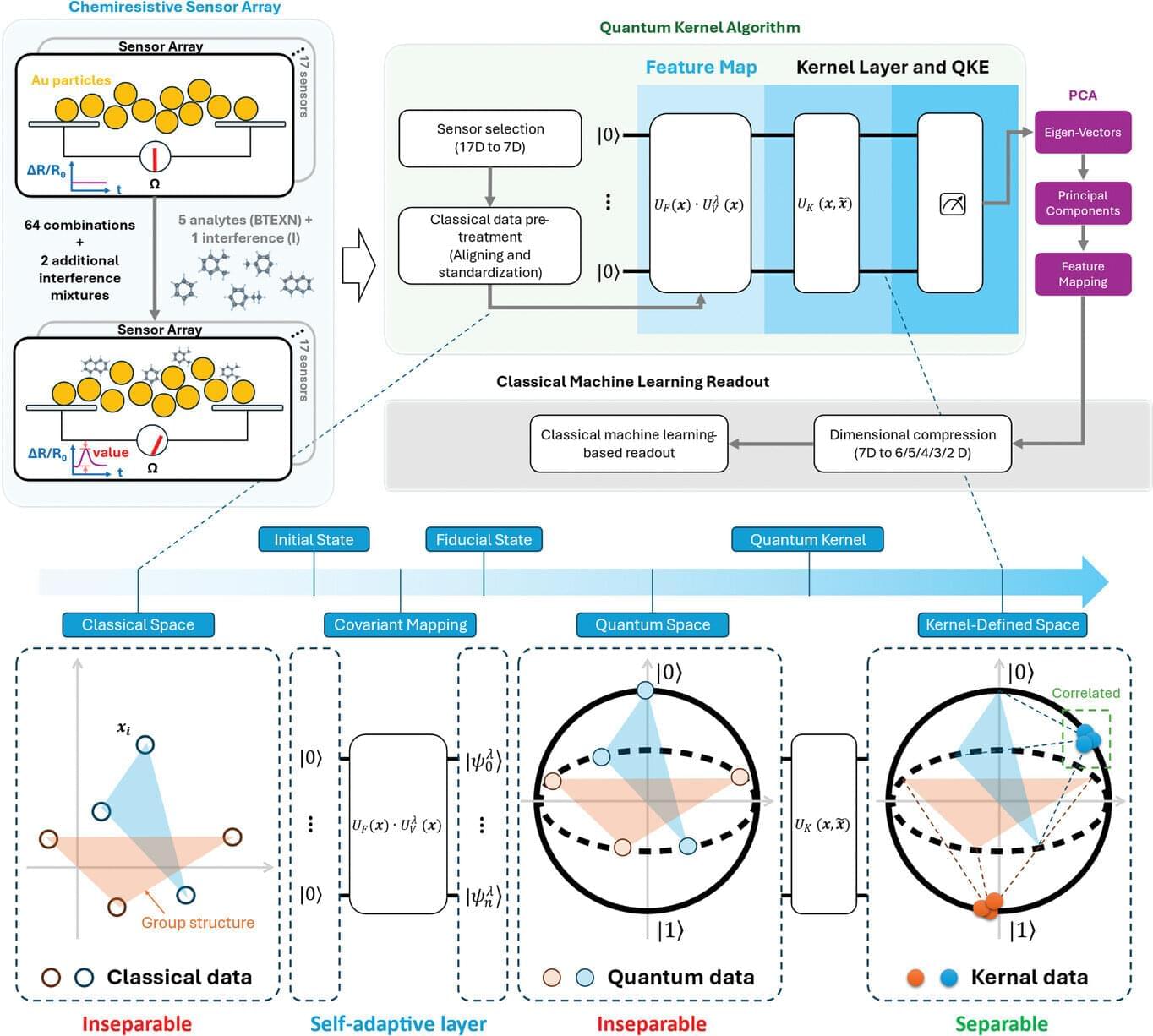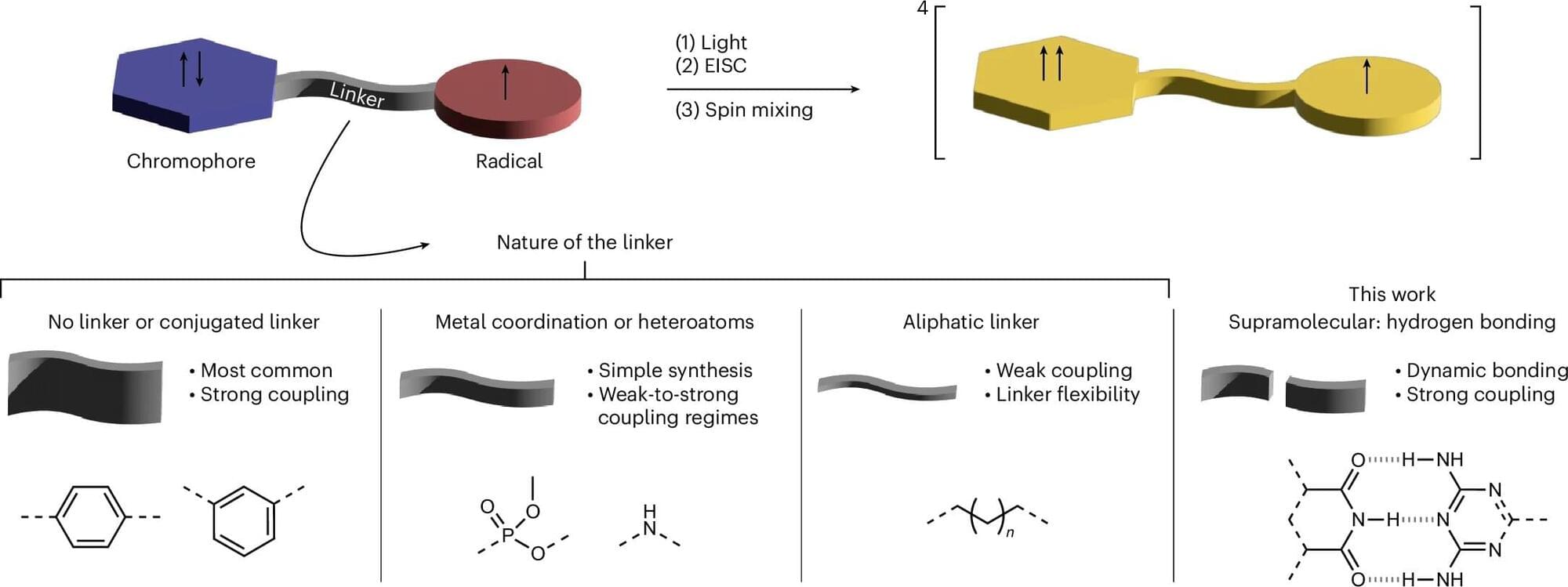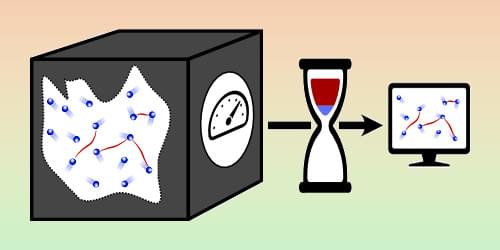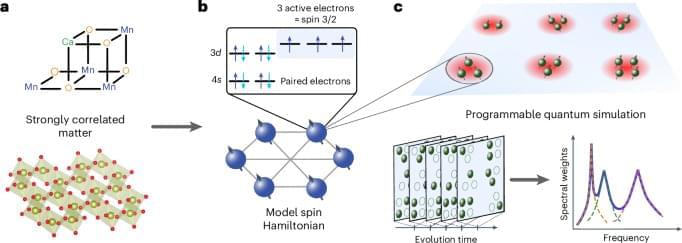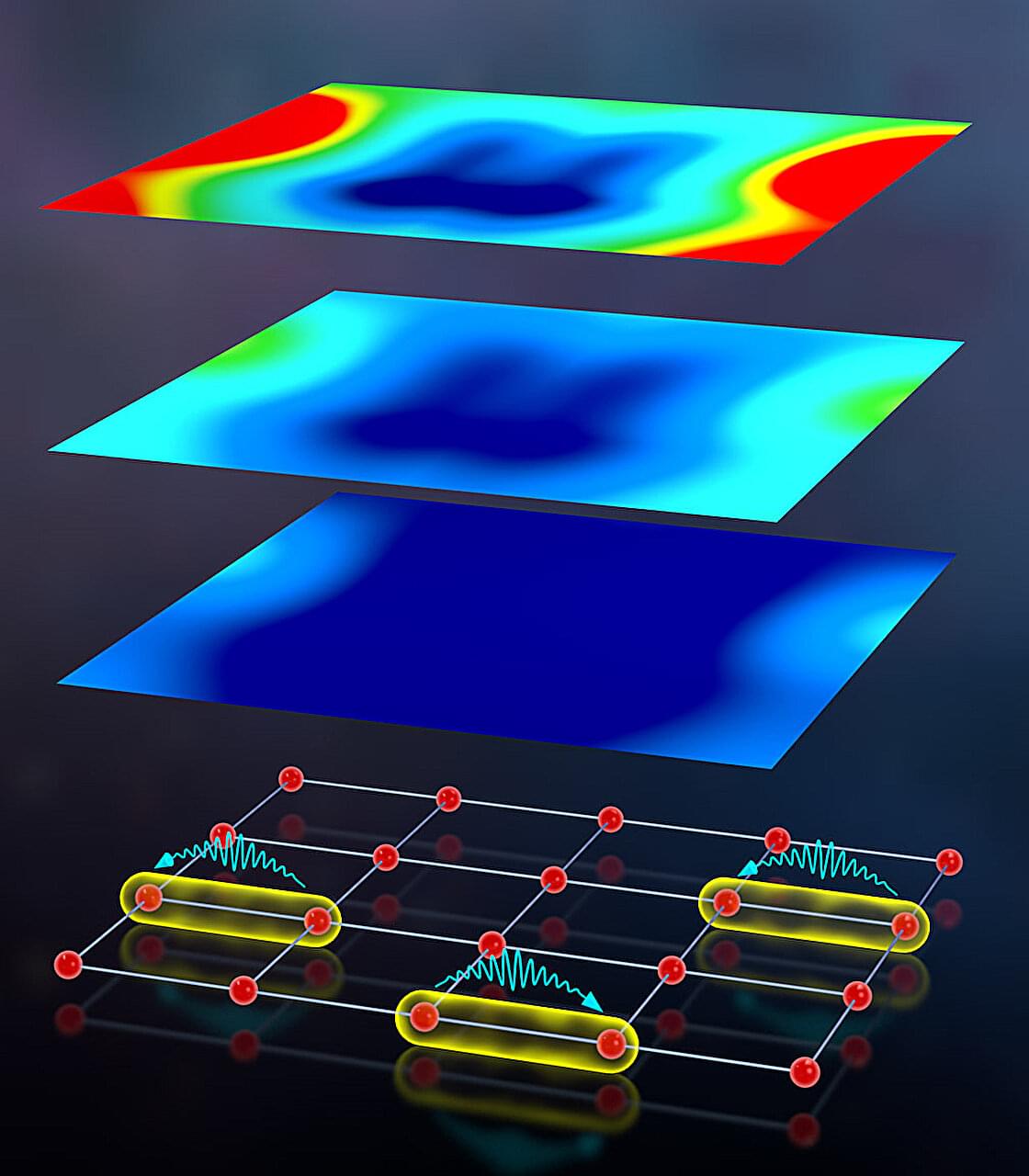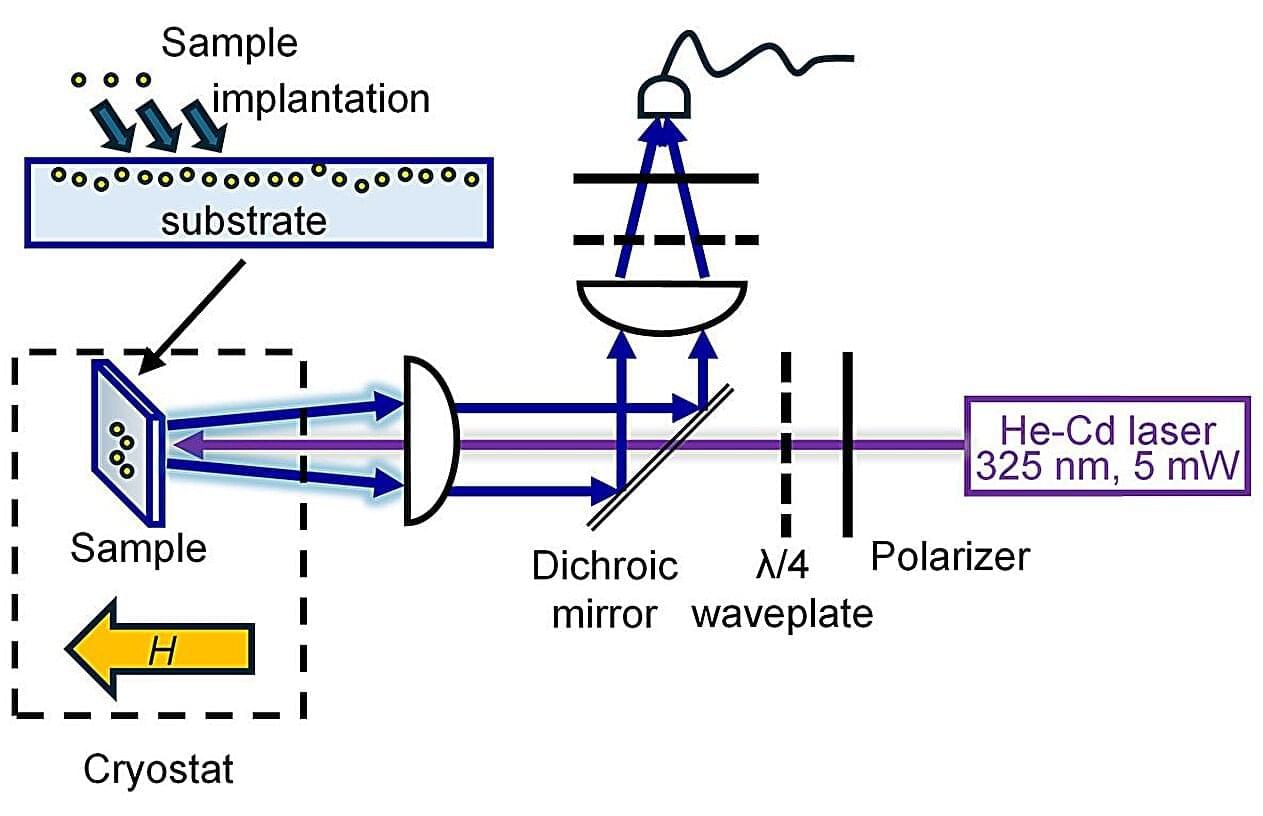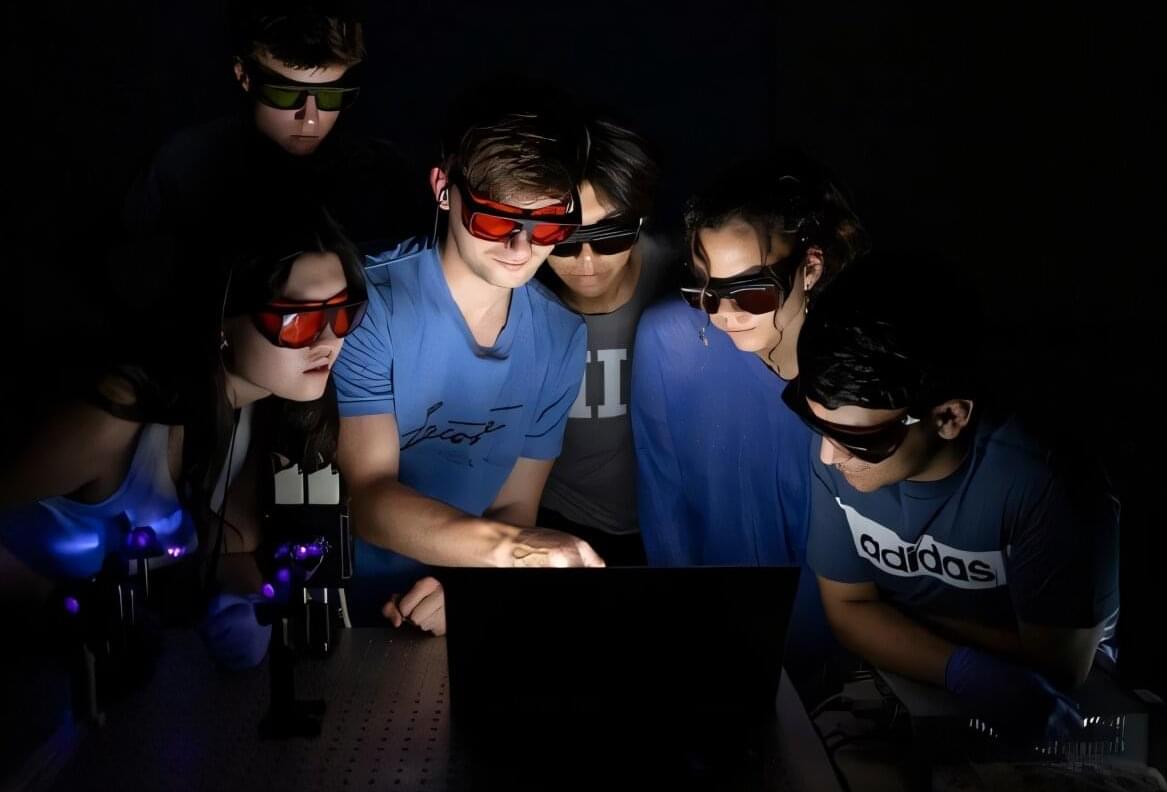One of the key goals within the field of quantum computing is to achieve what is known as a quantum advantage. This term essentially describes the point after which a quantum computer can outperform a classical computer on a specific task or solve a problem that is beyond the reach of classical computers.
One task that could be used to demonstrate a quantum advantage, known as quantum random sampling, entails the generation of samples from a probability distribution. This task is very difficult for classical computers to perform, but it could theoretically be completed by quantum computers.
While past studies have successfully tackled random sampling tasks using quantum computers, actually verifying that a system effectively performs these tasks has proved challenging. This is because many existing verification techniques based on classical data are either too computationally demanding or difficult to apply to larger quantum systems.
